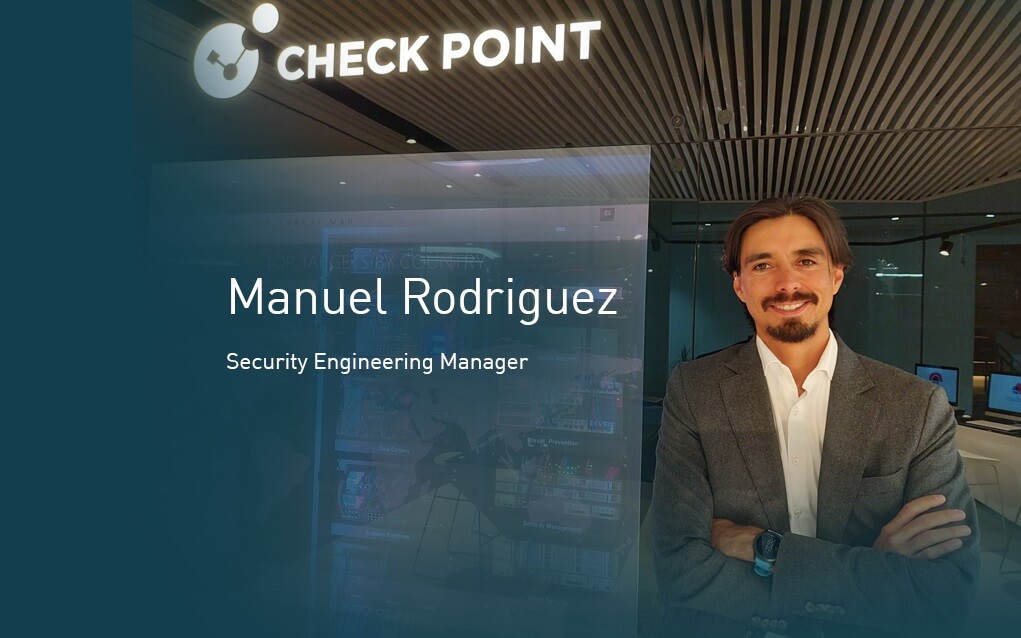
As any security practitioner can attest, it takes many resources and a great deal of manpower to protect dynamic hybrid and multicloud environments. Today, the average organization deploys anywhere from 41 to 60 disparate security tools spread across as many as 10 different vendors.
This tool sprawl creates a number of challenges for security operations teams. Whenever an incident is detected, analysts must navigate through multiple solution-specific interfaces and correlate separate alerts to understand what happened and which parts of their environment were impacted. It’s difficult to transfer the specialized knowledge required to do this work, so analysts typically have to consult multiple team members in the process — ultimately slowing down the threat detection and remediation process.
To better defend hybrid and multicloud cloud environments, organizations need a unified security operations center (SOC) solution that consolidates extended detection and response (XDR) capabilities with security information and event management (SIEM) for more efficient and contextualized threat protection.
Key differentiators of a next-generation unified SOC solution
At its core, a unified SOC solution empowers security operations teams to overcome existing tool fragmentation by correlating and contextualizing alerts within a single-pane-of-glass view. This leads to better incident detection, analysis, and response because teams don’t have to spend time manually correlating insights and investigating threats. Rather, they can view all relevant information within a unified platform and focus their efforts on active attack disruption and remediation. A next-generation unified SOC solution further enhances this benefit in a few key ways.
Firstly, connecting XDR and SIEM is critical for creating a complete and accurate picture of security incidents. Traditionally, SIEM collects signals created by users, applications, servers, devices, and infrastructure—whether on-premises or in the cloud. By correlating and contextualizing this information within a unified XDR engine, organizations can deepen their understanding of an attack. So rather than simply knowing an attacker compromised a user’s identity via a phishing email, security teams can gain additional context like which applications the compromised identity accessed or what data it interacted with. This allows analysts to more quickly understand what remediation steps need to occur.
Secondly, advanced unified SOC solutions can layer automation capabilities on top of these XDR correlations for automatic attack disruption. Informed by high-fidelity signals, automatic attack disruption allows the unified SOC solution to disrupt attacks on behalf of security analysts before they even get to the SIEM. This reduces the mean time to remediation and enhances SOC efficiency by preventing attackers from spreading further into your environment. Automatic attack disruption goes beyond security orchestration, automation, and response (SOAR) because it relies on threat intelligence and advanced AI models to counteract the complexities of advanced attacks. SOAR can also be incorporated as part of a unified SOC solution, but it requires security teams to create their own automatic response actions.
Thirdly, advanced unified SOC solutions are embedded with generative AI. This allows teams to further accelerate investigations with automated incident summaries, malicious code analysis, and step-by-step guided remediation next steps.
Finally, the last (and perhaps most crucial) differentiator lies in the SOC platform’s interconnectivity capabilities. A unified SOC solution loses its value if it requires additional licensing or demands security teams put in significant effort to connect tools. Instead, these connections should be available as an out-of-the-box integration that analysts can easily enable to start gaining immediate value from the platform.
Streamline operations workflows with a unified SOC platform
Ultimately, the true value of a unified SOC solution is in its ability to streamline workflows so that security teams can more efficiently and effectively respond to incoming attacks. And while features like automated attack disruption and alert correlation are key in enabling this benefit, there’s also a human element to this story.
A next-generation unified SOC solution frees up security teams to spend their time focusing on complex problems that require human creativity and ingenuity. Rather than deploying multiple specialized analysts to investigate an alert, a unified SOC platform can deliver cross-tool visibility within a single-pane-of-glass view. This overcomes existing data silos between disparate tools, making connections that human defenders might otherwise miss and freeing up analysts’ time to deliver value in other areas of the business.
To learn more about overcoming tool fragmentation for improved threat protection, explore Microsoft’s unified SOC solution and register for our upcoming webinar series on the next generation of security operations.


